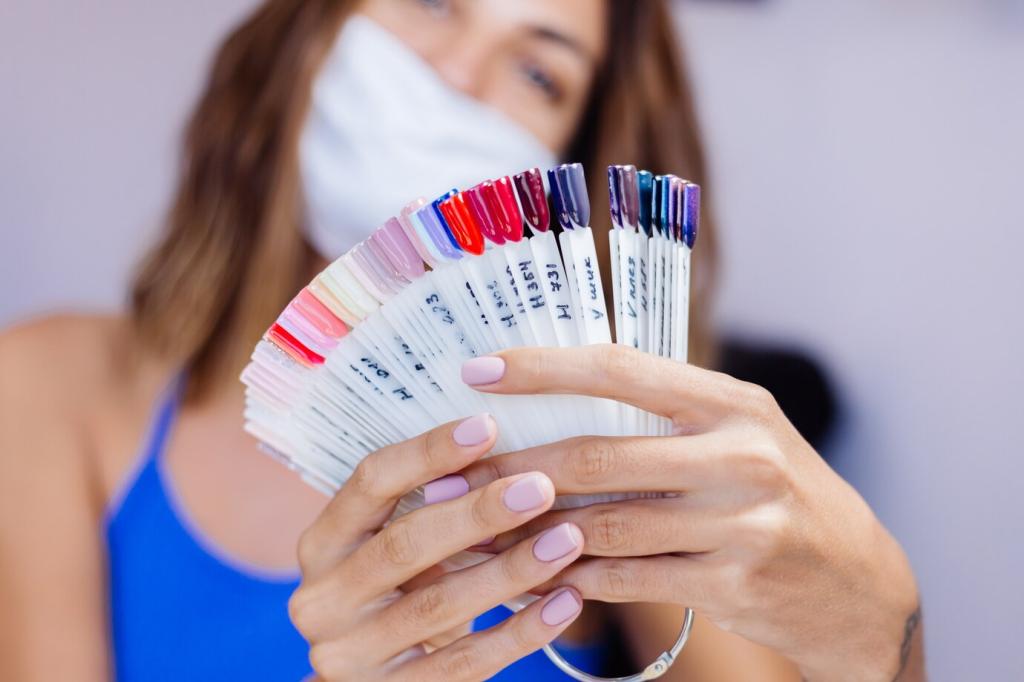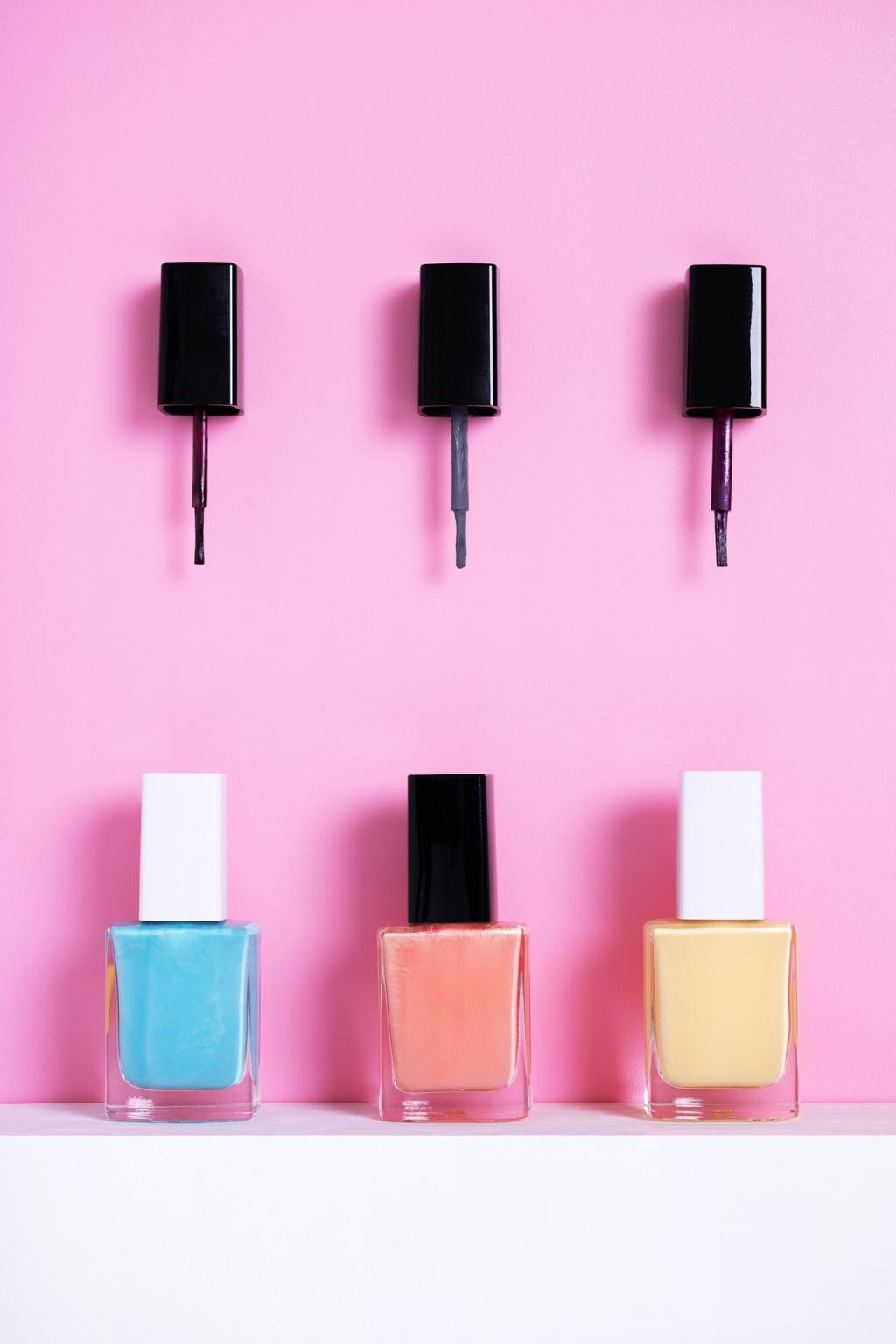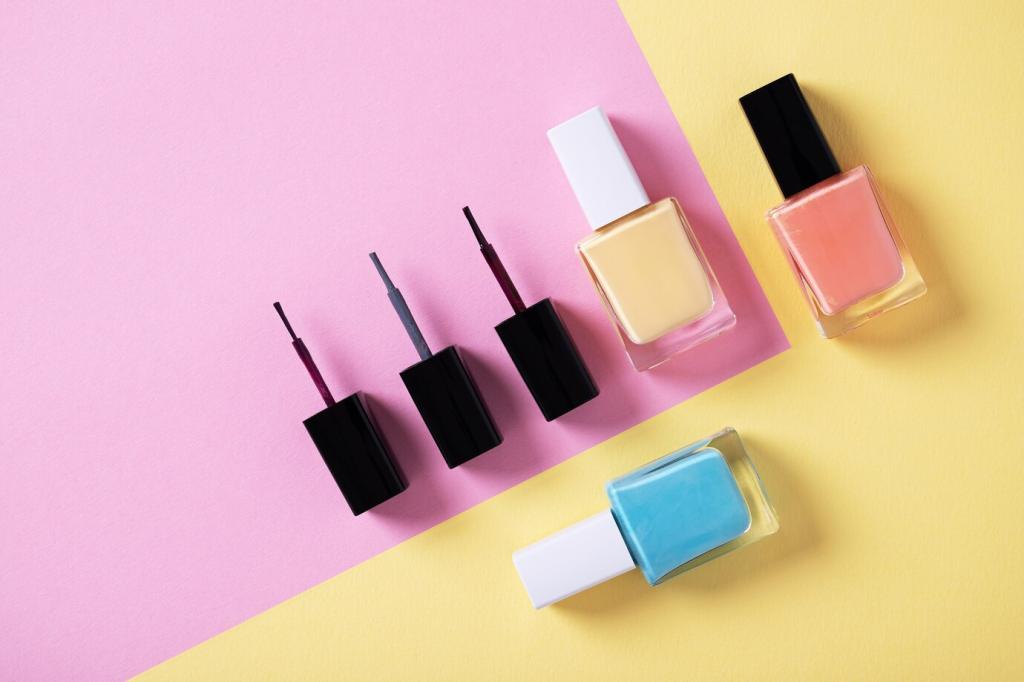Step-by-Step Polishing Roadmap
Sand progressively through 120, 150, 180, and 220 grits, raising the grain lightly after 180 to pre-empt fuzz. On blotch-prone pieces, a dewaxed shellac spit coat or pre-conditioner levels absorption, preparing alder for an even, custom polish that glows rather than streaks.
Step-by-Step Polishing Roadmap
Apply very thin coats with a lint-free cloth, letting each penetrate fully before buffing with soft cotton. Work in gentle circles, reloading sparingly. Alder rewards patience: two to four lean coats often outperform one heavy application, building depth and clean reflections gradually.



